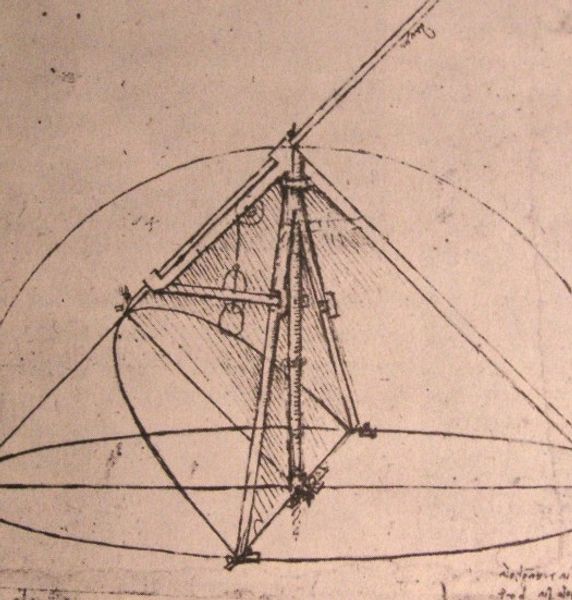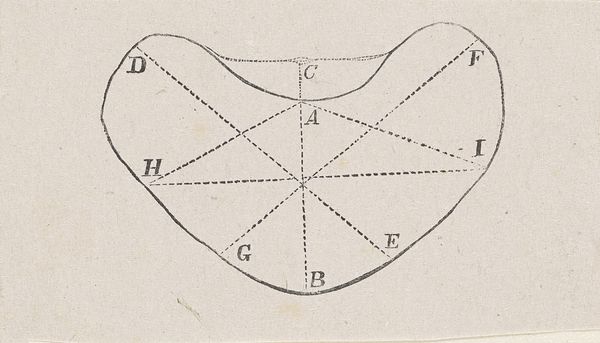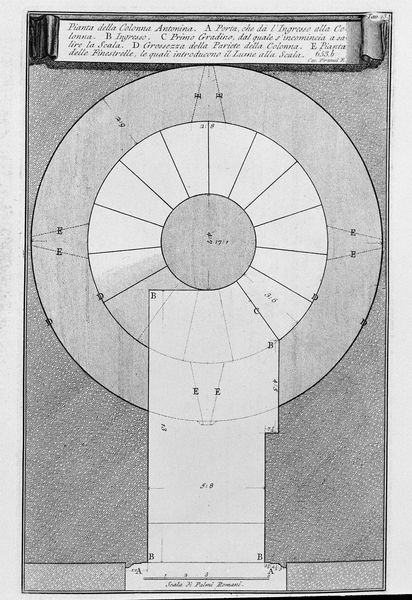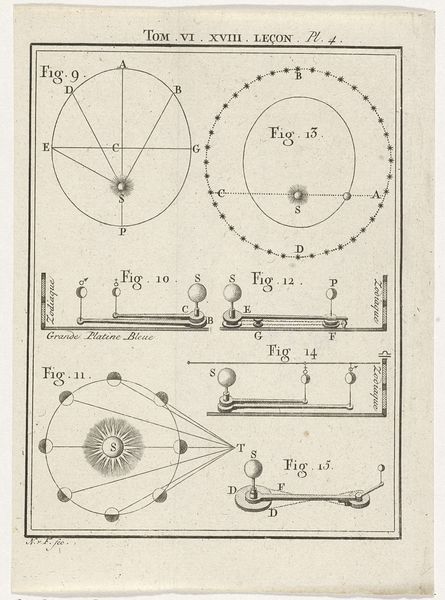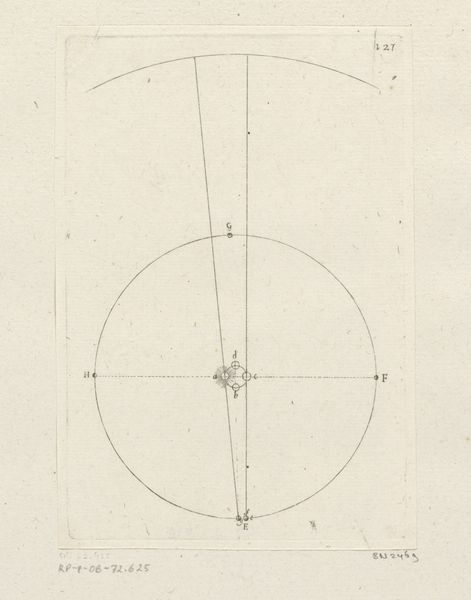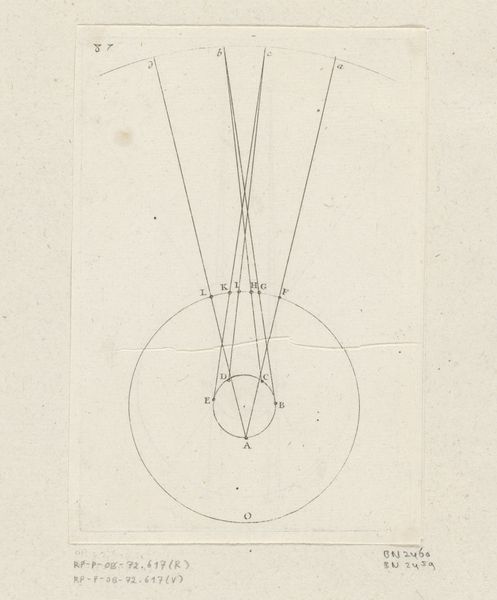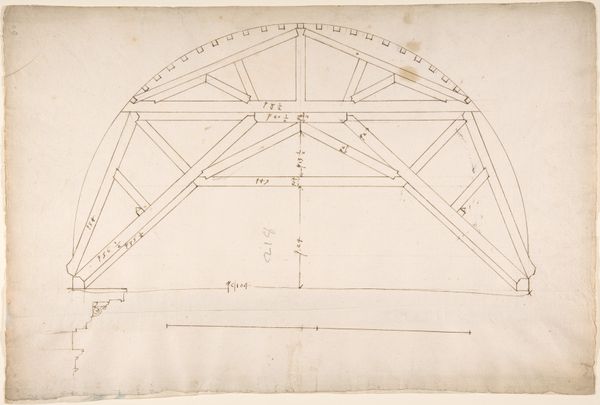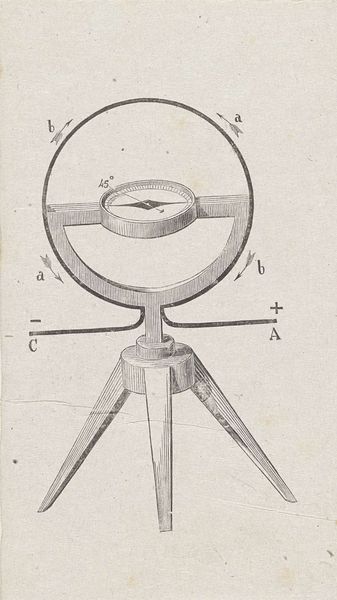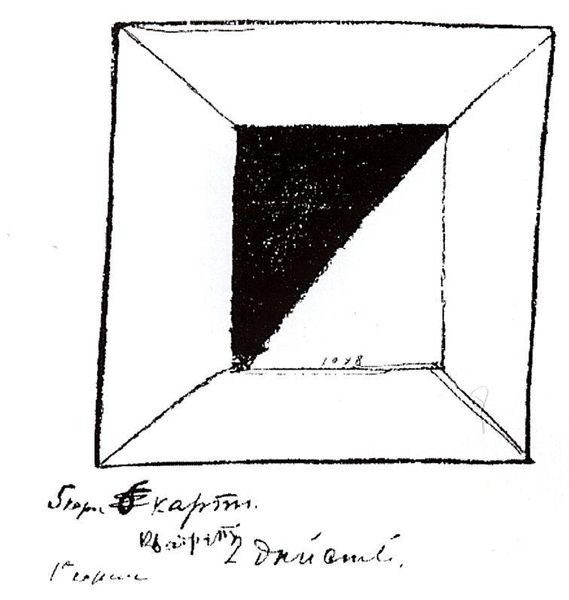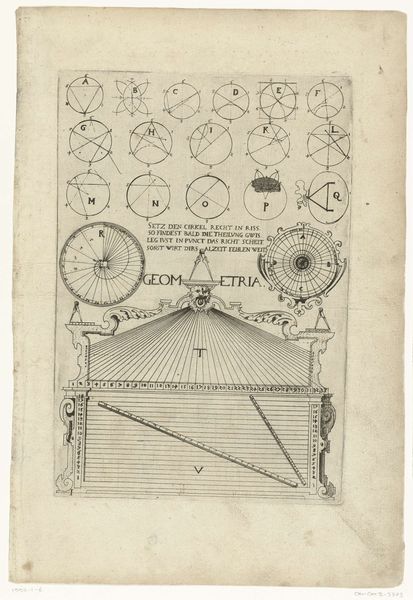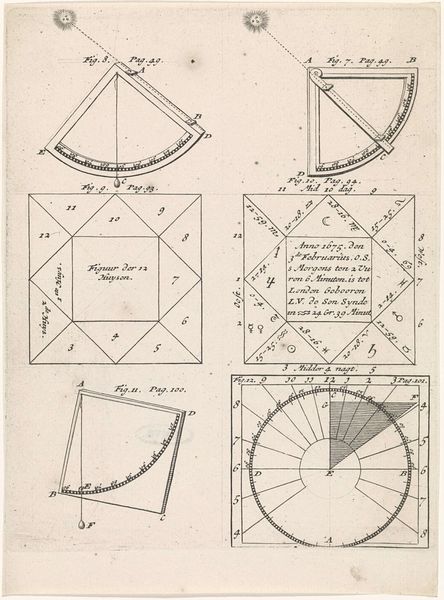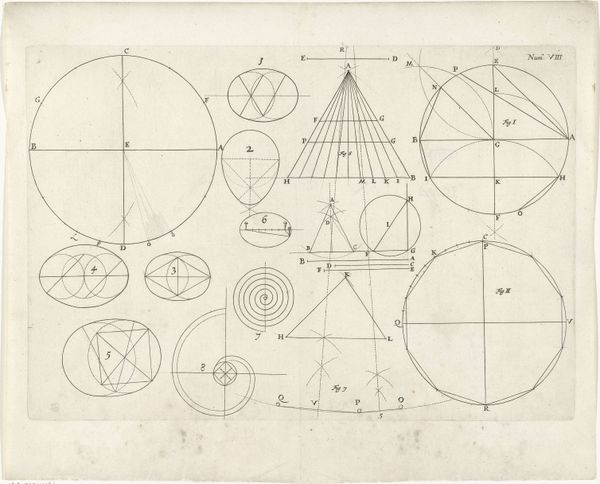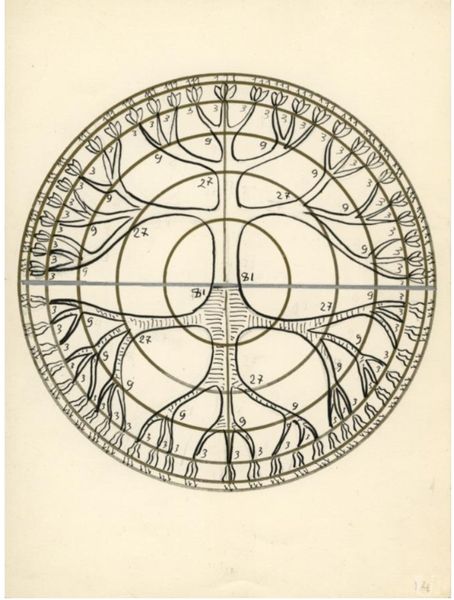
drawing
#
drawing
#
perspective
#
geometric
#
line
#
italian-renaissance
#
early-renaissance
Copyright: Public domain
Curator: Welcome. Here we have Leonardo da Vinci's "Study of the Graduations of Shadows on Spheres," created around 1492. It’s a drawing primarily focused on the distribution of light and shadow. Editor: Wow, it's like looking at a diagram of a secret world! All those precisely drawn lines converging—there's something beautifully enigmatic about the sheer effort to map light itself. Curator: Indeed. The line work here is crucial. Da Vinci uses precise lines and geometric forms to visually dissect how light interacts with spherical objects. Consider the layering of the shadows, for example. It's quite systematic. Editor: It almost feels like a quest for visual perfection. It makes me think of ancient astronomers charting the stars. I see a kind of echo here of those medieval attempts to codify something fundamentally wild. I wonder, could these orbs become planets, suns, or seeds of new thought? Curator: Interesting point! In terms of Renaissance art practices, these geometric and perspectival studies weren't simply abstract exercises. The goal was to understand and ultimately depict the world accurately and realistically in paintings. He’s working through perspective here, you see, trying to achieve three dimensionality. Editor: That makes sense. I can picture how studying light this meticulously could shape the lighting in paintings like the Mona Lisa, even. A thought strikes me—what if light isn’t just something falling, but rising, from some secret core of the spheres, a source of becoming? Curator: An interesting interpretation! Da Vinci's analytical drawings really highlight his insatiable curiosity, an almost scientific drive that underpinned so much of his artistic production. Editor: The interplay between art and science... It seems Da Vinci saw no walls between the realms. This drawing inspires me to perceive our own world in the soft language of shadow. Curator: Indeed, the marriage of observation and theoretical construction—hallmarks of the early Italian Renaissance. Editor: Thank you for showing me this new angle of how light and form, fact and imagination, intersect and become each other. It’s not just a visual aid—it’s an invitation to engage, explore and imagine.
Comments
No comments
Be the first to comment and join the conversation on the ultimate creative platform.
